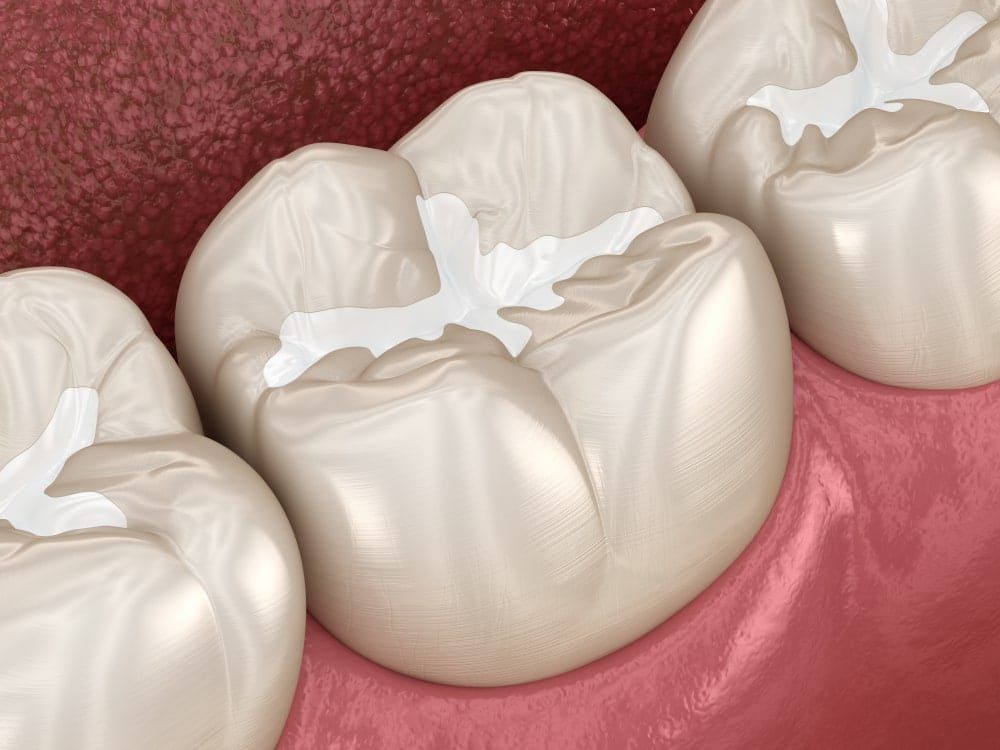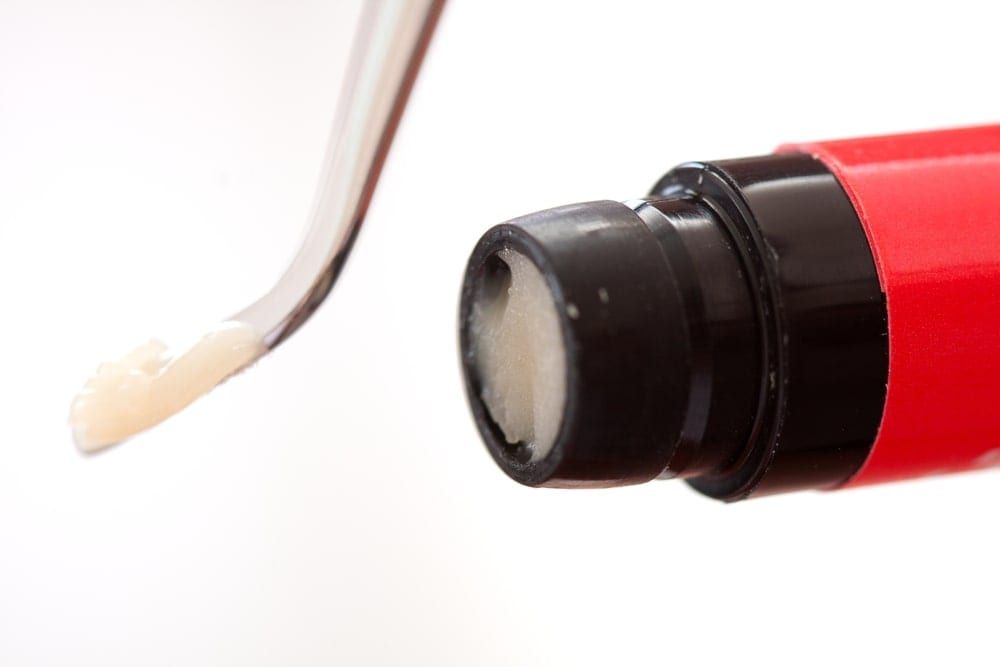Helping your child take care of their oral health isn’t always the easiest thing. While you may know how important it is for them to brush their teeth twice a day and floss daily, trying to communicate this to them is far easier said than done. Nevertheless, it must be done so that your child’s teeth can remain healthy and free from decay.
However, even when children do brush and floss regularly, they are still likely to miss certain spots, especially towards the back of their mouth. Unfortunately, if these places are often missed then plaque can accumulate and harden into tartar. Excess plaque and/or tartar accumulation can also lead to the development of cavities or even gum disease.
To help prevent this from happening, your child’s dentist may recommend something called dental sealants. Dental sealants are thin coats of composite resin that are applied to the surface of the teeth. They act as a protective barrier between the tooth enamel and the bacteria responsible for tooth decay. If your child’s pediatric dentist recommends dental sealants, here are five facts that you should know:
Primarily Applied to Molars

Since children are most likely to miss areas in the back of their mouth, this puts them at an increased risk of developing cavities on their molars. In fact, molars are the most common location for cavities for all age groups. This is due to the fact that molars are designed for grinding up food and are extremely textured. This means that food debris and plaque can easily get stuck and accumulate in the various pits and fissures found on the chewing surface of molars. For this reason, dental sealants are primarily applied to the rough chewing surface of molars.
They Work
Some people may be suspicious as to whether or not dental sealants actually work the way they are supposed to. While dental sealants are not guaranteed to protect against all cavities, the American Dental Association notes that they are effective in preventing at least 80% of cavities in the first two years after their application. Although sealants can be left on the teeth for up to nine years, their effectiveness drops to 50% from year 2-4, and then again after four years. For this reason, it is recommended to have them replaced after 2-4 years.
Non-Invasive Application
Dental sealants are extremely easy for your child’s dentist to apply to their teeth. Your child’s teeth will need to be cleaned, then the sealant will simply be brushing on and hardened in place. The application of dental sealants is quick, painless, and low stress.
Invisible

Once dental sealants have been placed over the teeth, they are completely invisible. This is because they are made from composite resin, which is used in cosmetic dentistry. Composite resin is available in clear, white, and tooth-colored. Tooth-colored composite resin will be matched to the natural color of your child’s teeth so that it blends in with the surrounding tooth structure.
Safe
Recently there has been some debate about whether dental sealants are safe due to the fact that their fabrication process briefly involves BPA. The American Dental Association has performed extensive research on this topic and has concluded that there is no threat. In fact, it is said that one is exposed to more BPA by simply breathing air than they are from dental sealants. However, if you are still concerned about this, there are variations of dental sealants that are entirely BPA-free.

Dr. Marielena Torres is board certified and is constantly continuing her education to stay informed of the latest developments in pediatric dentistry. This allows her to offer patients and their parents the most cutting-edge care and education.

